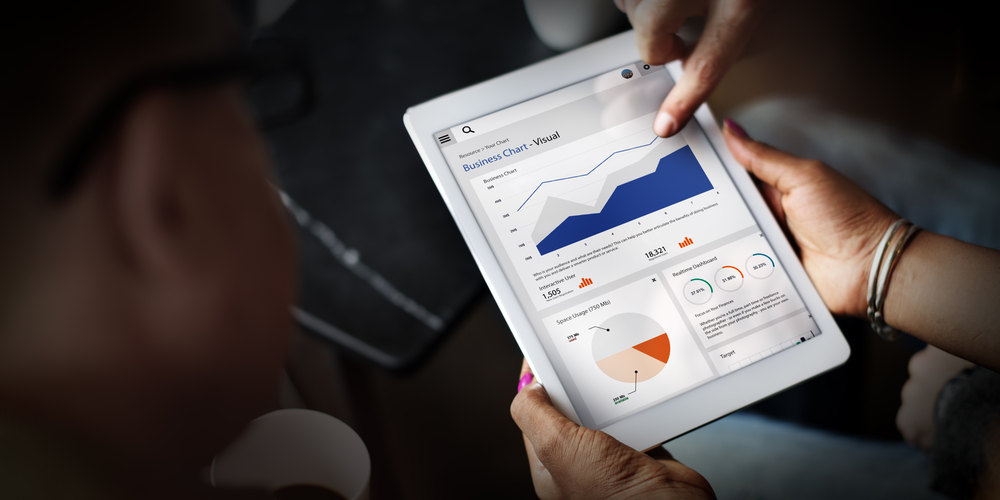Understanding viewer feedback and preferences is crucial for content creators, media companies, and marketers aiming to tailor their offerings to meet audience demands. Surveys and data analysis provide valuable insights into what viewers like, dislike, and expect from various forms of media, including television shows, movies, online content, and advertising. By systematically collecting and analyzing this feedback, organizations can enhance viewer satisfaction, drive engagement, and improve overall content quality. This essay explores the methodologies for gathering viewer feedback, the role of data analysis in interpreting preferences, and the practical applications of these insights in content creation and marketing strategies.

Methods of Collecting Viewer Feedback
Surveys
Surveys are a primary tool for collecting structured feedback from viewers. They can be conducted through various channels, including online platforms, telephone interviews, and in-person questionnaires.
- Designing Effective Surveys: To obtain meaningful feedback, surveys must be carefully designed with clear and relevant questions. Key considerations include the type of questions (e.g., multiple-choice, Likert scale), the length of the survey, and the inclusion of open-ended questions for qualitative insights.
- Sampling and Distribution: Ensuring a representative sample of the target audience is essential for accurate feedback. Surveys can be distributed through email, social media, websites, or directly within media platforms.
- Analysis and Reporting: Once collected, survey data must be analyzed to identify trends, preferences, and areas for improvement. Statistical analysis can reveal patterns and correlations, while qualitative feedback provides deeper insights into viewer attitudes.
Focus Groups
Focus groups involve moderated discussions with a small group of participants, providing in-depth qualitative feedback.
- Conducting Focus Groups: Focus groups offer a platform for detailed discussions about viewer experiences, opinions, and preferences. They allow for dynamic interactions and immediate follow-up questions, providing richer context than surveys alone.
- Analyzing Focus Group Data: Analysis of focus group discussions involves identifying common themes and insights. This qualitative data can complement quantitative survey results, offering a more comprehensive understanding of viewer feedback.
Social Media and Online Reviews
Social media platforms and online review sites are valuable sources of unsolicited viewer feedback.
- Monitoring Social Media: Analyzing comments, likes, shares, and mentions on social media platforms can provide real-time insights into viewer opinions and trends. Social listening tools can automate this process, helping to track and analyze large volumes of data.
- Review Analysis: Online reviews on platforms like Rotten Tomatoes, IMDb, and Yelp offer direct feedback from viewers. Analyzing review scores, comments, and trends can reveal strengths and weaknesses in content.
Behavioral Analytics
Behavioral analytics involve tracking and analyzing viewer behavior, such as viewing patterns, engagement rates, and content interactions.
- Data Collection: Platforms like streaming services and websites collect data on viewer behavior, including watch times, click-through rates, and content preferences. This data provides objective insights into what content resonates with viewers.
- Interpreting Behavior: Analyzing behavioral data helps identify popular content, user engagement levels, and potential drop-off points. This information can guide content creation and marketing strategies.
Analyzing Viewer Preferences

Quantitative Analysis
Quantitative analysis involves using statistical methods to interpret numerical data from surveys and behavioral analytics.
- Descriptive Statistics: Basic statistical measures, such as mean, median, and mode, provide an overview of viewer preferences and trends. These metrics help summarize and present data in a clear and understandable format.
- Inferential Statistics: Advanced statistical techniques, such as regression analysis and hypothesis testing, allow for deeper insights into relationships between variables. For example, analyzing the impact of specific content features on viewer satisfaction.
Qualitative Analysis
Qualitative analysis focuses on interpreting non-numerical data, such as open-ended survey responses and focus group discussions.
- Thematic Analysis: Identifying and analyzing recurring themes or patterns in qualitative data helps uncover underlying motivations and sentiments. This method provides context and depth to quantitative findings.
- Sentiment Analysis: Analyzing the sentiment expressed in viewer feedback, such as positive, negative, or neutral sentiments, helps gauge overall viewer satisfaction and emotional response.
Practical Applications of Viewer Feedback

Content Creation
Understanding viewer feedback is essential for creating content that resonates with audiences.
- Tailoring Content: Insights from surveys and behavioral data can guide the development of content that aligns with viewer preferences, interests, and trends. This includes adjusting themes, genres, and formats based on audience feedback.
- Enhancing Quality: Viewer feedback can highlight areas for improvement in content quality, such as storyline development, character portrayal, and production values. Addressing these areas can lead to more engaging and successful content.
Marketing Strategies
Viewer preferences play a critical role in shaping marketing strategies and promotional efforts.
- Targeted Advertising: Analyzing viewer demographics and preferences enables the creation of targeted advertising campaigns. Tailoring ads to specific audience segments can increase relevance and effectiveness.
- Campaign Optimization: Feedback on marketing campaigns, including responses to promotional content and messaging, can inform adjustments and optimizations to improve campaign performance.
Viewer Engagement
Engaging with viewers and responding to their feedback fosters a positive relationship and encourages loyalty.
- Interactive Features: Implementing interactive features, such as polls, surveys, and feedback forms, allows viewers to actively participate in content development and decision-making.
- Community Building: Leveraging viewer feedback to create a sense of community and connection, such as hosting Q&A sessions, responding to comments, and involving viewers in content-related discussions, enhances viewer engagement and loyalty.
Challenges in Analyzing Viewer Feedback

Data Overload
The sheer volume of feedback from various sources can be overwhelming and challenging to manage.
- Data Management: Efficient data management systems and tools are necessary to handle large volumes of feedback. Data aggregation and cleaning processes help ensure accuracy and relevance.
- Prioritization: Identifying and prioritizing key insights from diverse feedback sources requires careful analysis and filtering. Focus on actionable data that aligns with strategic goals.
Bias and Reliability
Feedback data can be influenced by biases and may not always be representative of the broader audience.
- Bias Mitigation: Ensuring that surveys and focus groups are conducted with diverse and representative samples helps mitigate bias. Using multiple feedback sources and methods can provide a more balanced view.
- Data Validation: Cross-referencing feedback with behavioral data and industry benchmarks helps validate findings and enhance reliability.
Future Trends in Viewer Feedback and Data Analysis
Advanced Analytics and AI
Advancements in analytics and artificial intelligence (AI) are transforming how viewer feedback is analyzed.
- Predictive Analytics: AI-powered predictive analytics can forecast viewer preferences and trends based on historical data and patterns, enabling proactive content development and marketing strategies.
- Natural Language Processing (NLP): NLP technologies enhance the analysis of qualitative feedback by automating sentiment analysis and theme identification.
Real-Time Feedback
Real-time feedback mechanisms are becoming more prevalent, offering immediate insights into viewer reactions.
- Live Polls and Surveys: Integrating live polls and surveys into content platforms allows for real-time audience engagement and feedback collection.
- Instant Data Visualization: Advanced data visualization tools provide real-time insights and interactive dashboards, enabling more agile decision-making.
Conclusion
Viewer feedback and preferences play a crucial role in shaping content creation, marketing strategies, and viewer engagement. By utilizing surveys, focus groups, social media analysis, and behavioral analytics, organizations can gain valuable insights into audience needs and desires. Analyzing this feedback through both quantitative and qualitative methods allows for a comprehensive understanding of viewer preferences, guiding the development of content that resonates with audiences and drives success.
As the landscape of media and entertainment continues to evolve, leveraging advanced analytics and real-time feedback will become increasingly important. Embracing these trends and addressing challenges related to data overload, bias, and reliability will enable content creators and marketers to stay ahead of the curve and deliver exceptional experiences to their viewers. Ultimately, a deep understanding of viewer feedback and preferences is essential for achieving long-term success and fostering meaningful connections with audiences.
For more such content, please visit QAWire
